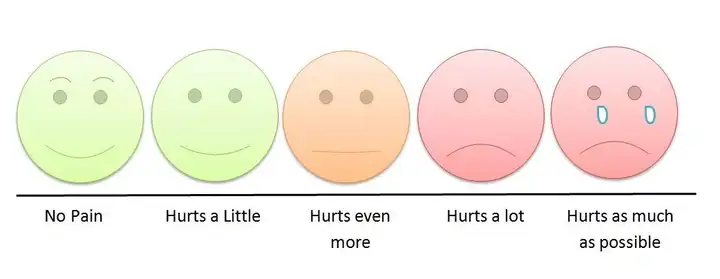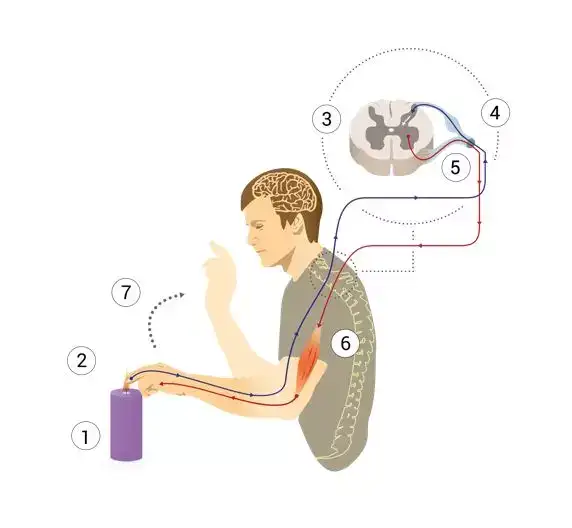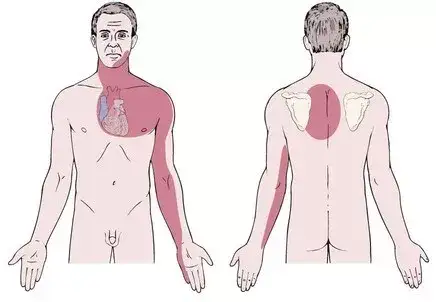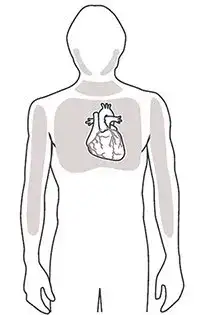
What kind of pain may be related to cancer? Listen to American physical therapist talk about “pain”
“Pain” is familiar to everyone. However, most people don’t know much about pain. Especially for those pains that come and go and are tolerable, most people may choose to endure it or use “home remedies” to relieve it. After all, it is too troublesome to go to the hospital to see a doctor, which is both expensive and time-consuming. But pain is a signal sent by your body. If you always ignore it, it will be troublesome if you really delay any problem.Listen to American physical therapist talk about it
So, what kind of pain should we pay attention to and in what situations should we seek medical treatment?
Here, we will briefly introduce the causes of pain, basic classification, and some pains that need attention . In addition, if you can provide a more detailed pain history when you seek medical treatment , it will also help medical staff diagnose and treat. Therefore, we have also summarized some small issues that need to be paid attention to when recording pain history for your reference.

Why do people feel pain?

Apart from some psychological causes, most pain is actually the body’s natural protective mechanism (1) .
Let’s take a simple example: when a child sees fire for the first time, out of curiosity, he will stretch his hand towards the fire, and then suddenly pull it back. Because he feels pain, his body will naturally move away from the source of harm to avoid being burned.
To describe it in a slightly more professional way, the whole process includes: first, the pain receptors on the body surface (here on the hand) sense the pain stimulus signal, then the signal is transmitted to the central nervous system of the spinal cord through the nerves, and then the central nervous system sends a signal to let the body retract the hand.

Of course, the occurrence mechanisms of different pains are complex and varied, so we will continue to provide targeted popular science education and will not go into detail here.
What are the types of pain?
1. Classification by time (1, 2, 3)
Acute pain
- The occurrence time is usually within 3 months
- Local symptoms
- Usually accompanied by local symptoms of redness, swelling, heat and pain
- Usually related to local body injuries, such as spraining an ankle while playing basketball
- Symptoms of pain usually increase or decrease with movement of the limb, such as a sprained ankle that hurts when walking but less when resting
Chronic pain
- The duration is usually more than 3 months
- The cause may not be due to local body damage
- The pain covers a large area
- More sensitive to pain
- It has nothing to do with limb movement (the ankle hurts the same whether walking or not)
- Sometimes accompanied by psychological symptoms such as fear, anxiety, depression, etc.
2. Classification by traits (generally, sometimes there are individual differences)
Musculoskeletal pain: soreness
Neuralgia :stabbing, radiating, burning pain
Tumor pressure :a feeling of heaviness, accompanied by a pulsating sensation
Angina pectoris: pale face, chest tightness, palpitations
Visceral lesions: Deep cramping or spasmodic pain
Which pains should be taken seriously and require prompt medical attention?
1. Pain related to cardiovascular and cerebrovascular diseases (4, 5, 6)
Certain skeletal muscle pain symptoms may be early manifestations of angina pectoris. See the figure below for specific locations.
Patients with underlying diseases (hypertension, heart disease, hyperlipidemia, obesity, people with a family history of such diseases, people who sit for a long time but have not undergone cardiovascular examinations, etc.) need to pay special attention.

Angina- related pain area (red area) Image source [3]

Coronary heart disease pain area (gray area)
The shaded areas show the pain areas associated with coronary heart disease , including: arms, left shoulder, back, neck, jaw, and stomach. Image source
Beware of stroke!
Be alert to neck pain, headache, and dizziness that occur in the presence of major stroke risk factors .
Risk factors for stroke include: high blood pressure, heart disease, high blood lipids, diabetes, obesity, sitting for long periods of time, smoking, etc.
2. Pain that may be cancer-related (7)
- Unbearable pain that is not relieved by painkillers
- Pain that is not relieved by changing body posture , limb position, or rest
- Persistent nighttime pain
- Recent, unexplained, rapid weight loss
- Previous cancer or family history
3. Referred pain (4,8):
Pathologies of certain internal organs can cause pain in other parts of the body at a certain distance from the organ, as shown in the figure below.
Friendly reminder
Self-diagnosis of pain history
If you are prepared to ask the following questions when you see your doctor, it will help your doctor’s diagnosis and treatment (1):
- When did the pain start/how long does it last
- How it started/history of injuries that can be reviewed
- Location of pain
- When does it hurt/hurt more?
- What activities make the pain worse/less painful
- Specific feeling of pain: pins and needles? Stabbing pain? Painful pain? Etc.
- What medications have you used to relieve the symptoms?
- History of major illnesses and family medical history


2 thoughts on “What kind of pain may be related to cancer? Listen to American physical therapist talk about “pain””